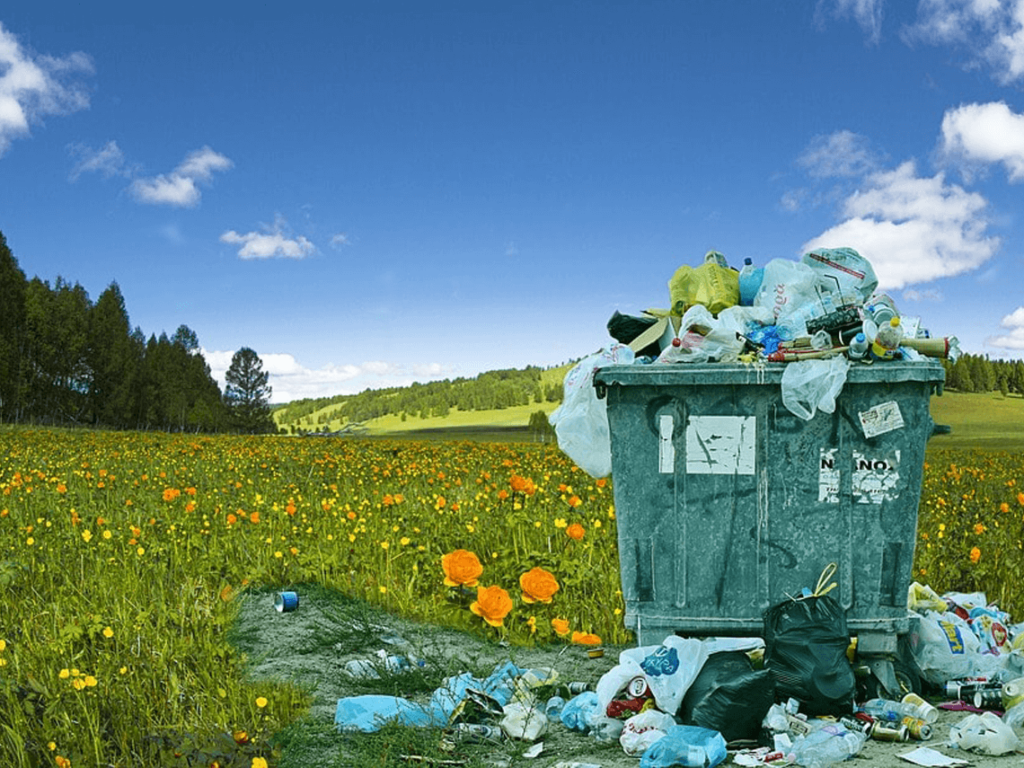The hard truth is that unsustainable packaging can be detrimental to a company’s reputation. Packaging is the first thing that consumers see and can influence their buying behavior.
When it comes to packaging, companies have two questions to consider. How will it attract consumers to the product? What is the cost? Here is a breakdown on the importance of sustainability in packaging.
Sustainable packaging may seem to be an additional expense. But the facts say otherwise…
Resource Conversion
Conventional packaging materials can be resource-intensive and wasteful. Plastic production made up about 2.7% of the US’ total petroleum consumption in 2010 . Producing a single cubic foot of Styrofoam requires about 1.5 liters of petroleum . This is the same amount a 20-mpg car needs to travel 8 miles.
Sustainable packaging maximizes the use of recycled materials and low-impact production processes, thereby conserving raw materials. Conserving raw materials, in turn, preserves natural resources for future generations.
Health and Safety
Conventional packaging materials pose several health and safety risks unlike materials used in sustainable packaging. Exposure to Styrofoam can cause health problems for workers, such as skin and eye irritation, respiratory ailments, headache, fatigue, depression and kidney failure . Polyethylene terephthalate (PET), a plastic used to store beverages, contains antimony , a toxic metalloid. Antimony exposure can lead to nausea, diarrhea and stomach ulcers .
Sustainable packaging minimizes exposure to toxic chemicals. Packaging crates made from agricultural waste (rice hull, corn fiber, straw, etc.) are safer than Styrofoam crates. Food packaging made from unbleached natural paper offers reduced exposure to bleach, inks and dyes. Healthy and safe workers and consumers equate to greater profitability, with reduced work-related illnesses and injuries, and greater customer loyalty.
Continuity
Companies need raw materials to produce goods and services. Factories need clean water to operate and, to thrive, farms need arable land to till. Given their resource-intensive nature, conventional packaging materials are known to rapidly deplete natural resources. This depletion results in fewer raw materials for future products and services. Since sustainable packaging conserves natural resources, it ensures more raw materials for future products and services, leading to improved business continuity.
These are just some of the important reasons to use sustainable packaging. If you want to learn more please reach out.
